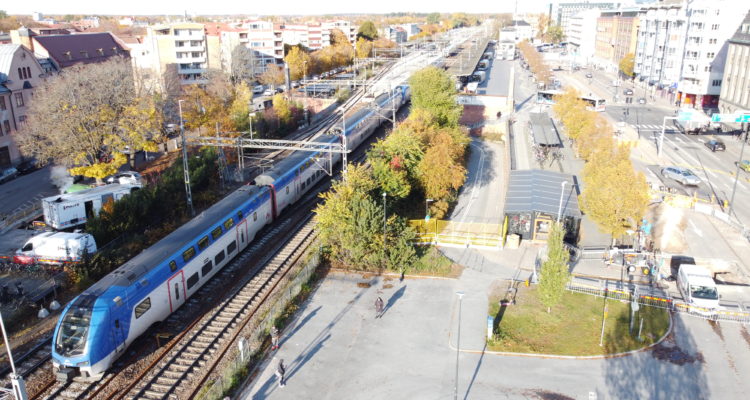Afterward, the liner, which arrived at the worksite folded in a box, was ready for installation. The pipe was cut on either side of the damaged section, then the 450-millimeter diameter liner was mounted to an end can and pulled through the pipe. At this point, the liner resembled a long, deflated balloon. The second end can was mounted, both end cans were braced, and the liner was pressurized to 0.2 bar.
A combination of pressure and steam, slowly increasing in temperature, cured the liner for 8 ½ hours. Once the liner was cured, the crew removed the end cans and fit a rubber seal over the end of the liner to ensure that no water can slip between the liner and the host pipe. The entire installation, including both the flow and return pipe, took approximately four days.
Ease of installation is one of the advantages of CarboSeal. Customers can visit PPR to learn the process, then company representatives assist the client with their first installation. While the company provides support on subsequent installations, customers are usually confident in self-installation after one project.
Sustainability is another key benefit of CarboSeal liners. “You don’t dig up old pipes, throw them away and produce new pipes with polyurethane insulation and plastic covering,” says Martsman. “Compared to excavating, the carbon footprint is reduced by about 80%.”
The design life of the cured-in-place-pipe liners is approximately 35 years. While PPR has tested its product’s ability to withstand harsh conditions, the company can’t fully predict longevity.
“It’s hard to speed up long-term testing,” admits Martsman. “The only way we will really know is when we take the liners out of the ground in 40 years and say, ‘Wow, it still looks new.’ But everything is pointing in that direction.”
E.ON Ӧrebro anticipates using cured-in-place-pipe liners for future renovations.
“CarboSeal is a great solution for renewal of district heating pipes in difficult areas and where the conditions are right,” says Hammarlund. “We will have great use of this technique in these problematic areas as we keep upgrading our network.”
Susan Keen Flynn is managing editor of Composites Manufacturing magazine. Email comments to sflynn@keenconcepts.net.


